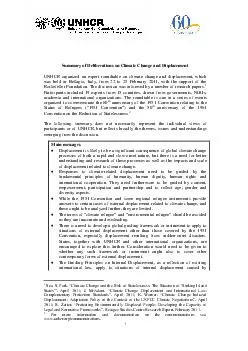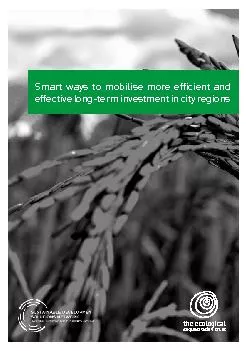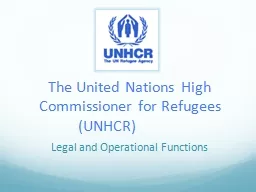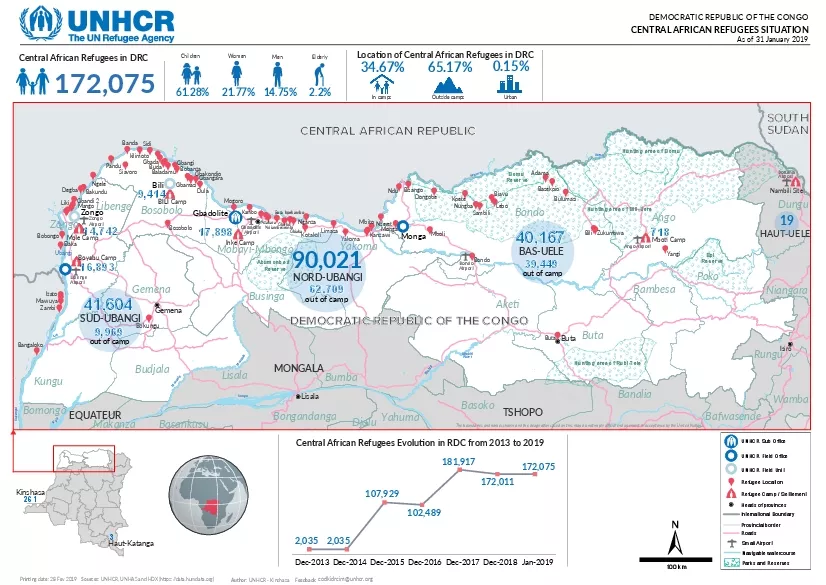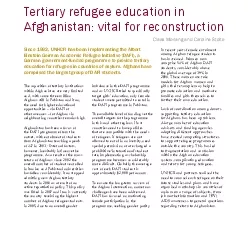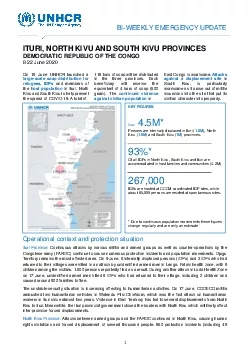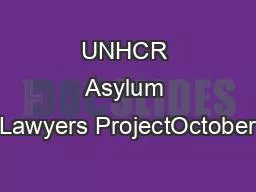PDF-Summary of Deliberations on Climate Change and Displacement UNHCR organized an expert
Author : olivia-moreira | Published Date : 2015-01-18
The discussion was in formed by a number of research papers Participants included 19 experts from 15 countries drawn from governments NGOs academia and international
Presentation Embed Code
Download Presentation
Download Presentation The PPT/PDF document "Summary of Deliberations on Climate Chan..." is the property of its rightful owner. Permission is granted to download and print the materials on this website for personal, non-commercial use only, and to display it on your personal computer provided you do not modify the materials and that you retain all copyright notices contained in the materials. By downloading content from our website, you accept the terms of this agreement.
Summary of Deliberations on Climate Change and Displacement UNHCR organized an expert: Transcript
Download Rules Of Document
"Summary of Deliberations on Climate Change and Displacement UNHCR organized an expert"The content belongs to its owner. You may download and print it for personal use, without modification, and keep all copyright notices. By downloading, you agree to these terms.
Related Documents

